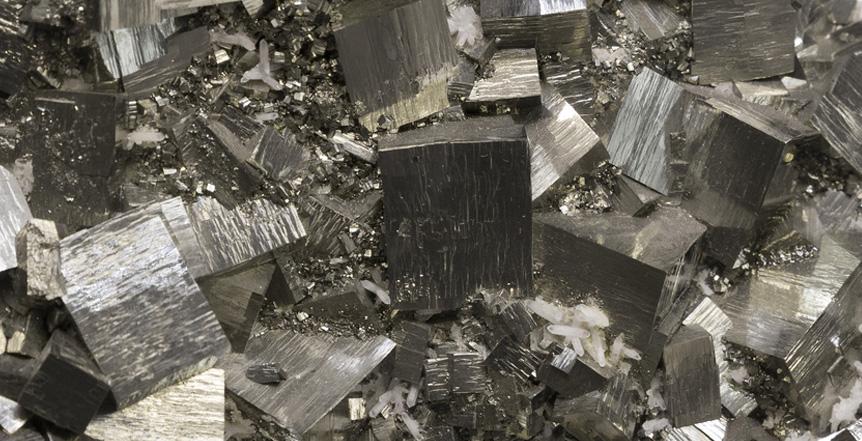Commodities

Metallic mineral fact sheets
NSW is a major producer of gold, copper, zinc, silver and lead. It is also prospective for tin, tungsten, iron, arsenic, antimony,cobalt, scandium, molybdenum, manganese, bismuth, chromium, nickel and platinum. A wide variety of other metals including new technology (hi tech) and strategic metals are known.
Most occurrences are in the exposed basement areas of orogens. A similar density of deposits may occur in vast areas where surficial sediments and basins cover the basement sequences, especially in the central and western parts of the state.
Department records contain extensive literature on the known mineral occurrences in NSW. These records are available online via DIGS®. Discover more about mineral occurrenace in NSW using MinView.
Industrial mineral fact sheets
Industrial minerals are vital to the development of a growing state like NSW. They include limestone, brick clay and gypsum that are critical for local markets including agriculture, building and manufacturing.
NSW is also a significant international exporter of heavy mineral sands (rutile, zircon and ilmenite), clay minerals, diatomite, gypsum, magnetite and magnesium minerals from magnesite. Though well known for gemstones such as the unique black opal, NSW has also been a significant producer of industrial diamonds, corundum, rhodonite and topaz (silexite).
Industrial minerals occur in a vast range of geological associations. Among the most important is the Murray Basin, a world-class province for heavy mineral sands. Limestone and dolomite are produced in large quantities. Such rocks also host skarn deposits, which are important sources of garnet, iron ore, industrial magnetite and wollastonite.
Regolith is the layer of weathered rock and soil that overlies fresh bedrock. Well-developed regolith profiles occur widely in NSW and host important deposits such as bauxite, bentonite, kaolinite, vermiculite, channel iron and magnesite. Large evaporite deposits are important sources of gypsum and sodium salt.
Coal fact sheets
Coal contributes significantly to the State's economy. NSW coal is primarily high quality bituminous coal, of Permian age. NSW contains world class coal fields in the Sydney and Gunnedah basins and is a major coal exporter. Two types of coal are mined in New South Wales: thermal coal (used for power generation) and coking coal, also known as metallurgical coal (used in the production of steel).